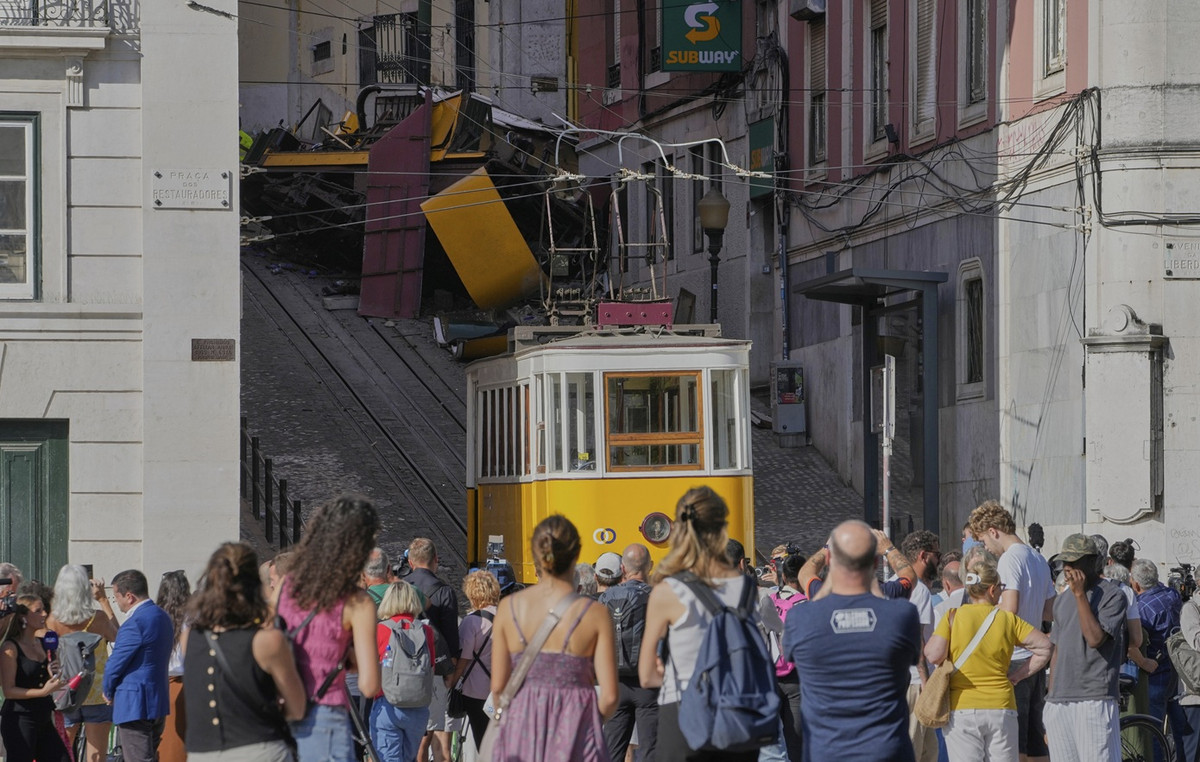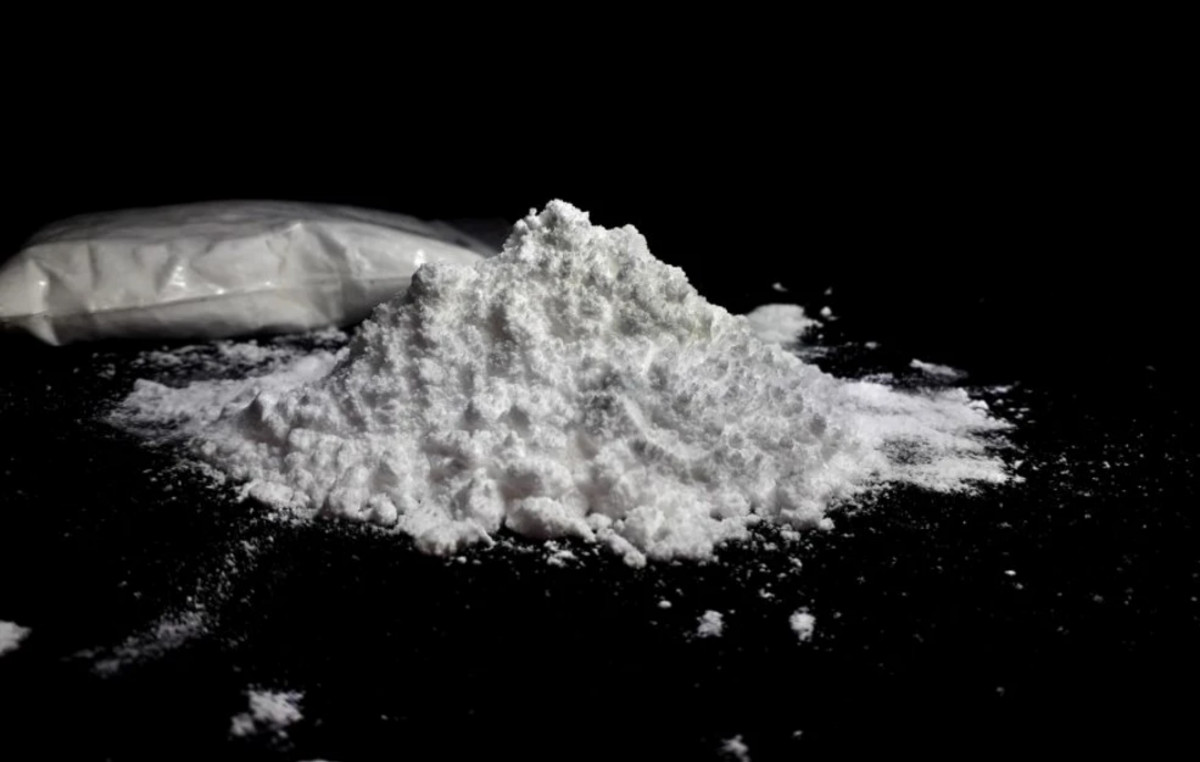A deepfake video that falsely suggested that Ukrainian President Volodymyr Zelensky’s wife bought a luxury car during the couple’s visit to Paris last month is likely part of a Russia-linked disinformation network, according to an analysis by the CNN and disinformation experts.
The AI-generated video shows a non-existent employee at the Bugatti dealership in Paris claiming that Olena Zelenska bought her new model, the Bugatti Tourbillon, for €4.5 million on June 7.
The clip has several hallmarks of deepfake, from cuts in the video to the strange accent and lip movements, according to Clément Briens, a researcher at cybersecurity firm Recorded Future. Even so, it garnered about 18 million views in 24 hours on X, where it was reposted by pro-Russian influencers.
Bugatti said in a statement on Tuesday (2) that its dealership in Paris, operated by Autofficina Parigi, a Car Lovers Group company, had been the victim of several crimes and “firmly denounced this disinformation campaign”.
“A supposed seller claiming to belong to the Car Lovers Group and its sports brand Schumacher Group, posted a video on social media in which he indicated that the Bugatti Paris dealership sold a vehicle to the Ukrainian presidential couple,” he said, adding that the group “vehemently denies the existence of the transaction and, consequently, the existence of the invoice.”
“The mandatory legal data does not appear on the invoice, the price of the vehicle is also wrong, the price of the options and their descriptions are inaccurate and inconsistent, the graphics are out of date and Car Lovers Group would never have allowed such a document to be issued,” the statement added.
The group also said it had taken legal action “by filing a criminal complaint for forgery, use of forgeries, impersonation and defamation” – but did not specify against whom the complaint was filed.
Clarity, an AI cybersecurity startup that is fighting deepfakes, told CNN that video analysis indicated “a high certainty for AI manipulations, particularly in the mid-face area.”
The video originates from a French-language website, Verite Cachee France, whose content appears to be AI-generated by scraping French media.
An analysis of the CNN shows that Verite Cachee was created recently, on June 22, 2024, and some of its pages still have AI-powered warnings to create fake articles at the top of the article. CNN Can’t find a contact for the site.
The website title also does not use accents – the correct spelling would be Vérité Cachée – raising even more doubts about its authenticity.
Darren Linvill, a professor at Clemson University’s Media Forensics Hub, told CNN that the deep fake and Verite Cachee sites bear the hallmarks of a Russian narrative-washing campaign that has been ongoing since last August, with the aim of undermining Ukraine.
“They typically post some video with a narrative on YouTube. They then tell that story by layering it on the fake news pages they have created and often on one or more allied web pages as well. They then integrate the story across social media, starting with real pro-Russian influencers who are part of their network,” he told CNN . “The only small change in this campaign is that the video does not appear to be on YouTube.”
In a report last December, Linvill and Patrick Warren, also a Clemson professor, showed how the disinformation campaign was led by DC Weekly, a website that published a series of AI-generated Russian propaganda and false stories, such as the debunked claim that Olena Zelenska bought $1.1 million worth of jewelry from Cartier in New York last September.
A report from Recorded Future, a leading cybersecurity firm, also identified Veritee Cachee as part of the same disinformation network.
Given the size and resources of the network, it is likely that some Russian support or funding is taking place, said Clément Briens, a senior threat intelligence analyst at the company, to CNN.
“They automatically pull articles from a range of sources, using LLMs to introduce specific political biases to attack Zelensky, Biden and NATO. They then upload the articles to launder a pro-Russian narrative,” Briens said.
The sheer volume of articles makes it harder to detect when deep fakes are introduced because when someone clicks on the site, they see a backlog of articles that usually pass initial checks, he said.
“So after someone uploads the video from YouTube or directly to the website, the amplification system is activated on social media.”
The target is political readers in Europe, with the aim of undermining domestic political support for Ukraine and undermining European leaders who support Ukraine, such as French President Emmanuel Macron, according to the analyst.
Source: CNN Brasil
Bruce Belcher is a seasoned author with over 5 years of experience in world news. He writes for online news websites and provides in-depth analysis on the world stock market. Bruce is known for his insightful perspectives and commitment to keeping the public informed.







